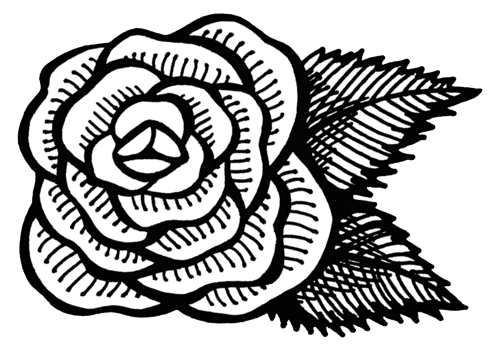If you’ve had formal training in art history or practice, you probably know this stuff already. Since most tarot readers have not, I’ve made it as easy as possible. You don’t need any prior artistic knowledge or skill to get something out of these articles, and the observational skills you learn will transfer to any parallel studies in art, design, or history.
Art Or Magic: Why Should We Art This?
That said, some of what we take for magic in tarot is plain communication. Artists craft symbol and mood, transmitting information intentionally, but perhaps subliminally to the untrained eye. Art purposely manipulates emotions and installs thought-forms. Art may be called magical in the sense that it is wonderful and inspiring, even a bit creepy at times, but its mechanics are traceable, and perfectly understandable with a little education and focus.
It’s worth teasing apart what’s art and what’s magic. Many voices come to the table in a tarot reading. At minimum, reader, querent, deck author, deck illustrator, and the underlying tarot archetypes each have something to say.
Tracing whose voice is whose helps us read with clarity and nuance. Studying illustration's powers and techniques lends ammo to interpretations, and allows us to create new imagery. Understanding tarot's artistic side highlights when something truly uncanny or inspired arrives from a source other than the reader’s intellect or the artist’s and author’s intent.
First Look
We’ll do this in three consecutive steps: the casual glance, the wandering eye, and the methodical catalog.
The following exercises may sound painfully basic on paper. Do them anyway. You have to practice them experientially to get the benefits—and there are benefits. There’s a reason so many introductory art history and studio classes start with exercises like these, even at the college level. You don’t realize how much you’re missing until you start consciously stretching your observation, and that takes practice through small, incremental steps.
The Casual Glance
Relax yourself, draw a practice card, and glance at it casually without any expectations or questions. Try to set aside what you already know about the card, how you remember it, and what you think is most important about it. Training observation in the arts requires unlearning what you think is there and expect to see. Assumptions, expectations, and wobbly memories intrude and cloud our eyes more than you might expect!
What do you notice first when you look at the card without expectation? What jumps out to you as most prominent in the picture?
There are no right or wrong answers. Don’t worry about being clever or artistic. This exercise isn’t about noticing any one particular thing, getting it right, or being artsy just yet. (You’ll get there eventually, don’t worry.) It’s about letting light bounce off a printed piece of cardboard and into your pretty eyes. Nothing more. Don’t think too hard. See.
In your journal, jot down quick bullet points of the first three things you notice in the card. The whole casual glance process can take less than a minute.
The Wandering Eye
Bring attention to your wandering. Where does your gaze tend to settle? What catches your attention enough to hold you steady for a few seconds? Think of these eye-catchers as points. How do the points connect? Does one lead consistently to another? Track your movements around the card.
In your journal, make a list of focal points in the card. Rank them in the order that you first noticed them. If your gaze tends to drift around the card in multiple orders, you might note this in extra lists or with arrows. Spend 2-3 minutes on the wandering eye.
Extra Credit: Photocopy your card. Mark focal points with a dot or asterisk, and mark arrows around the picture wherever one point leads your gaze to another. Notice any patterns?
The Methodical Catalog
Move your eyes slow and steady across the card, going from left to right (or right to left if your first language moves in that direction), and top to bottom. Catalog each and every image and symbol you see as you go. List every single figure, color, element, and detail on paper.
It may help to divide the card into a grid. Since tarot cards are small, I’d photocopy your card and draw a single line down the middle of the vertical axis, and three lines evenly spaced across the horizontal axis, making a total of eight boxes to search for elements and symbols.
Observe every little detail of your card, and don’t let yourself miss a thing. You may notice some hidden symbols you’ve never caught before. In symbolic art, everything’s there for a reason, carrying mood, conveying character, or encoded with meaning.
Take as long as you need to complete this step. It should take at least five minutes with most decks, and might take much longer with very intricate ones. Use the grid technique and take breaks if you need to.
You don’t need to do this full exercise with every card in your deck, although you may choose to. Come back to it periodically with different cards to practice your observation.
Decoding The First Look
The Casual Glance: Core Archetypes & Their Faces
Since tarot is archetypal and real-estate is precious on the surface of a playing card, the card’s core archetypes stand front and center. Whatever leaped out in the casual glance likely cuts straight to the card’s deepest meaning and expresses its primary archetype.
All archetypes have many faces and expressions in the world, so the select faces they carry on tarot cards hold weight. These vary from deck to deck, and reflect the author’s and artist’s world-views and values. They may be classic, archaic, or even stereotypical portraits of an archetype. They may be subversions, challenges to, or reinterpretations of the traditional faces. They may be personal to the artist’s life experience or mission for the deck.
Remember that most deck creators have some kind of agenda—a particular contribution to make to the field, a market-driven goal, or a set of core values that inform their artistic vision. That agenda can set the tone for a deck and color your readings.
The Wandering Eye: Story, Plot & Narrative
Tarot cards tell stories, in the connections between the cards and internally within each frame. Think of the focal points you identified in The Wandering Eye as characters and plot points, and the movement between them as a narrative unfolding.
There are multiple paths for the eye to take across any picture. As we’ll uncover in further posts, a good work of art keeps the eye moving around the frame. Artists employ many techniques to direct the viewer’s focus and movement, and we’ll unpack some of them later.
For now, know that your eye may move from one focal point to the next along different channels every time you draw the same card. These different pathways can suggest different nuances and stories within the card’s broad themes. Sometimes your gaze will go where the artist directs you. Other times it will go where your intuition directs you. Sometimes both will overlap.
The Methodical Catalog: Allusion & Correspondence
That last methodic catalog of your card’s imagery should have picked up a lot of little details in all but the minimal decks. Many tarot cards allude to external myths and stories, and all tarot cards have multiple correspondences, including symbols from astrology, Kabbalah, various sacred texts, and magical practices. Many of the smaller details in a card’s illustration point to correspondences, myths, historical or religious figures, and outside references.
Correspondences and allusions spring from different schools or systems, such as The Golden Dawn or 18th century French esotericism. Different decks work with different systems, and not all illustrators include traditional correspondences at all. Some stick to the core archetypes. Some allude to pop culture and contemporary art or politics. In modern decks, fine details and hidden symbols can act like Easter eggs. In traditional or more occult-leaning decks, they are clues—keys to encoded mysteries.
Outside references and occult resonances gives texture and depth to each card, leave more to draw on in readings, and make it easier to pair tarot with other occult or magical practices, if desired. It’s okay not to recognize these symbols staring out. Finding and cataloging each little detail in the picture is like making an index for your tarot studies. That index points to further research and enrichment.
T. Susan Chang's new book Tarot Correspondences is a wonderful reference for recognizing and reading with correspondences from the Golden Dawn and Thoth schools.
Extra Credit:
Most tarot art falls into a strictly limited, small-scale format. I’d love love love for you to try these same techniques with art on different scales. It will sharpen your observation for both art appreciation and tarot reading.
Practice these exercises with the images in this post, or do some digging online, in books, and at museums for your own practice images. Tarot does not come from a vacuum. You'll find motifs and symbols straight from the cards scattered throughout Western art history.
Stay tuned for the next post in this series on composition. As always, thanks for reading!

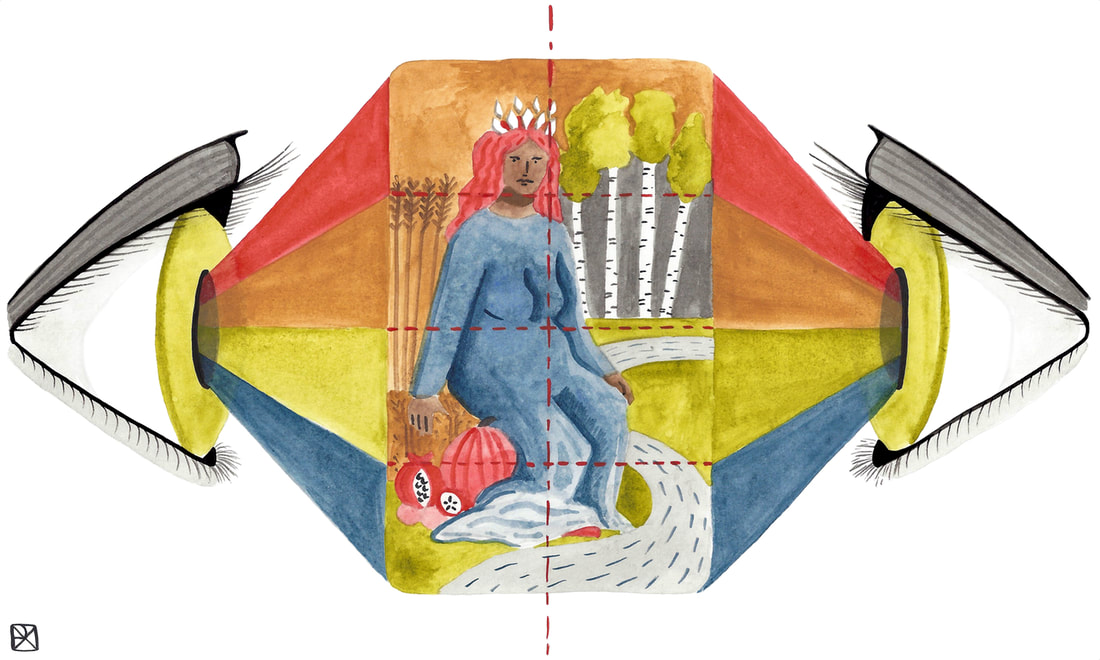
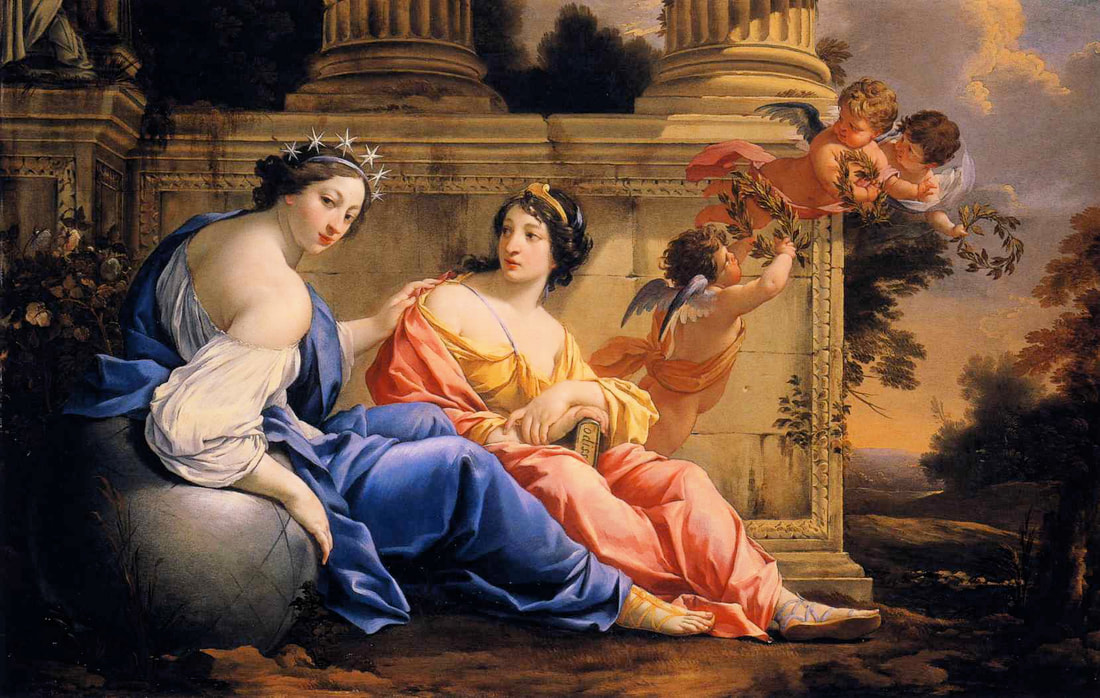
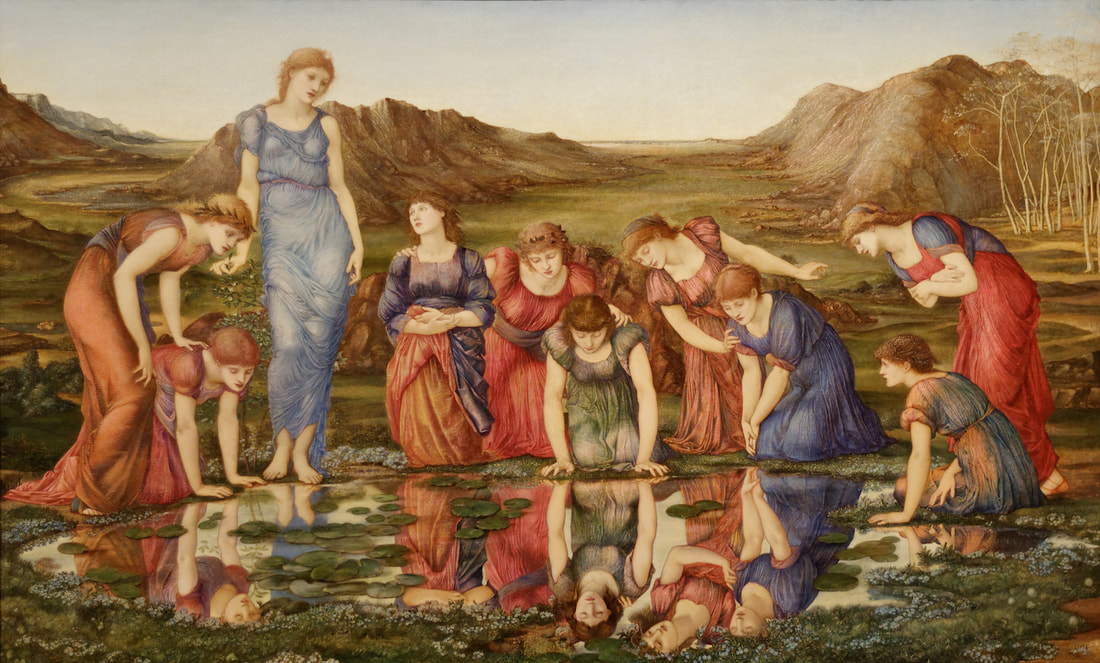
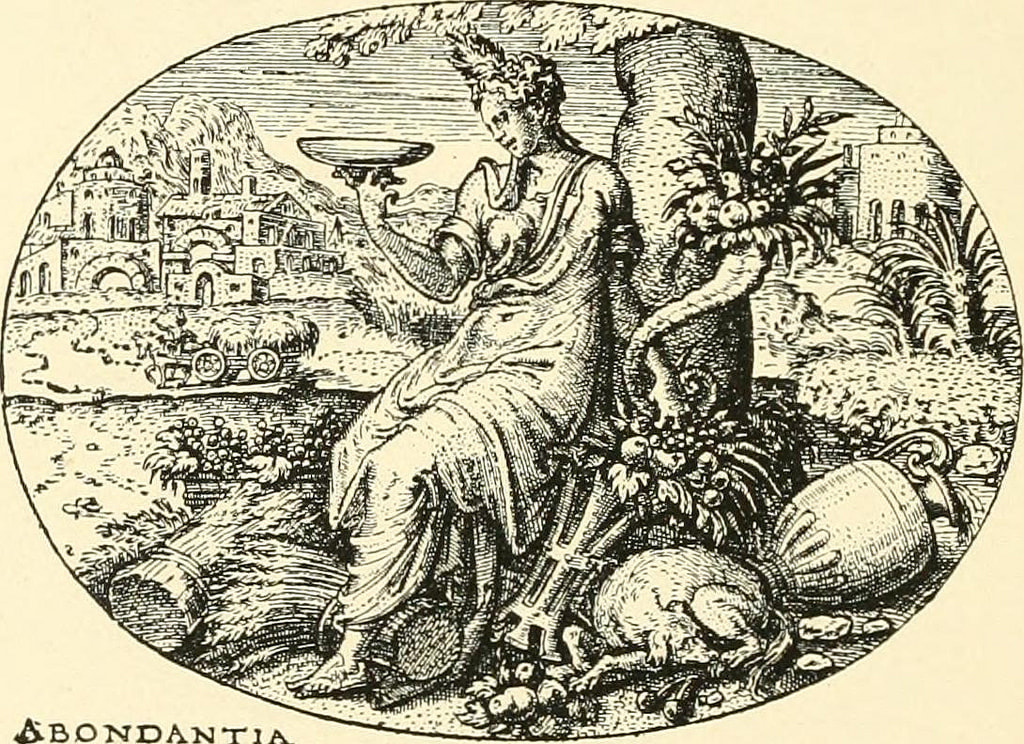
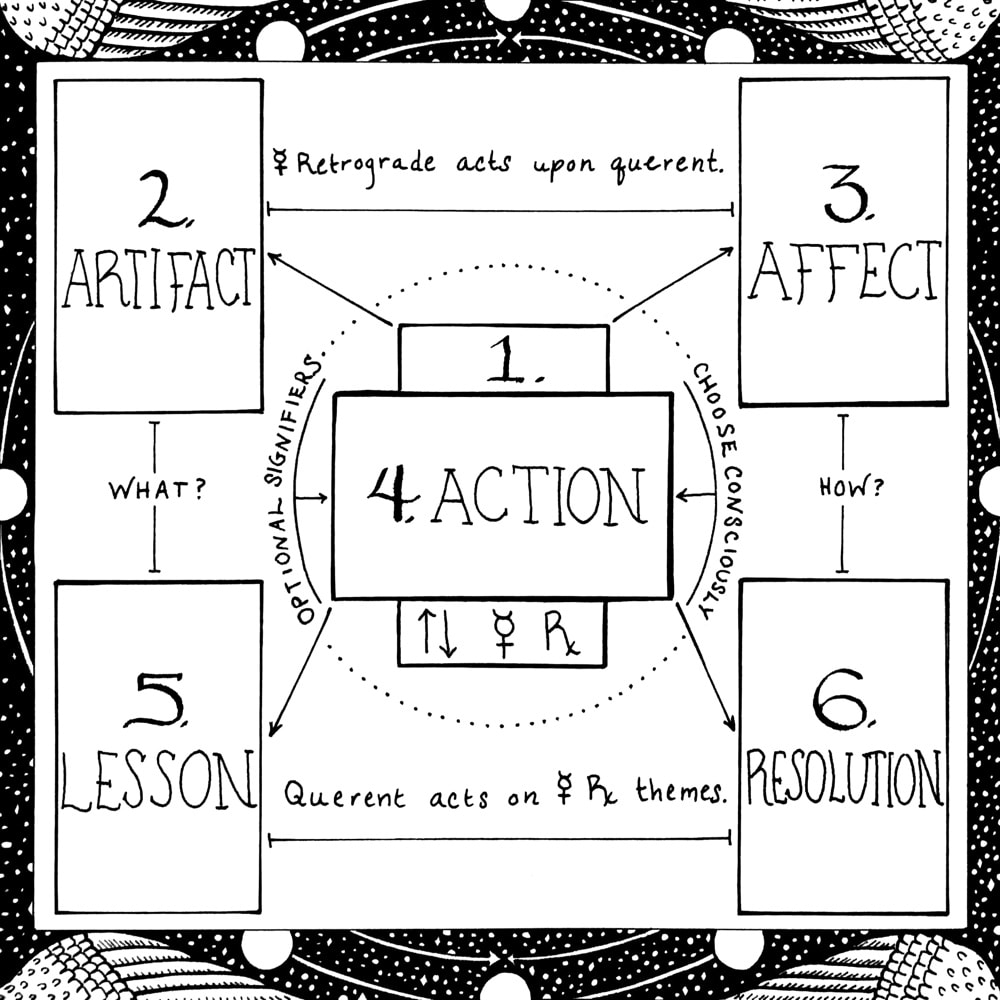
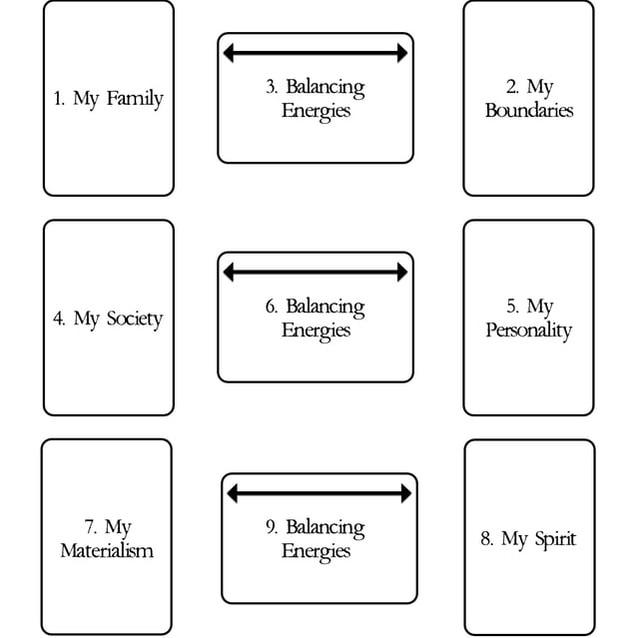
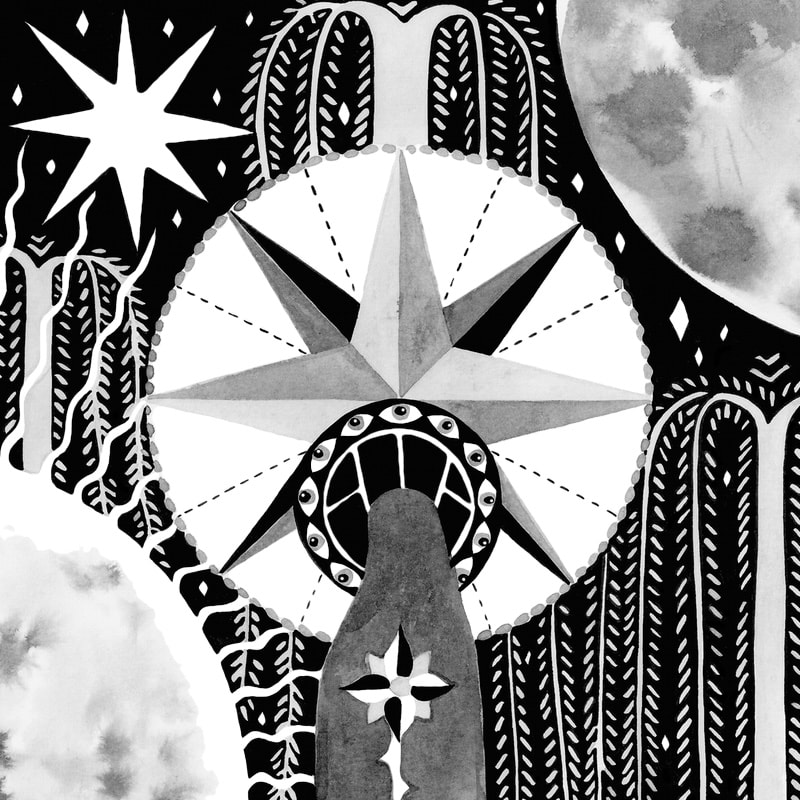
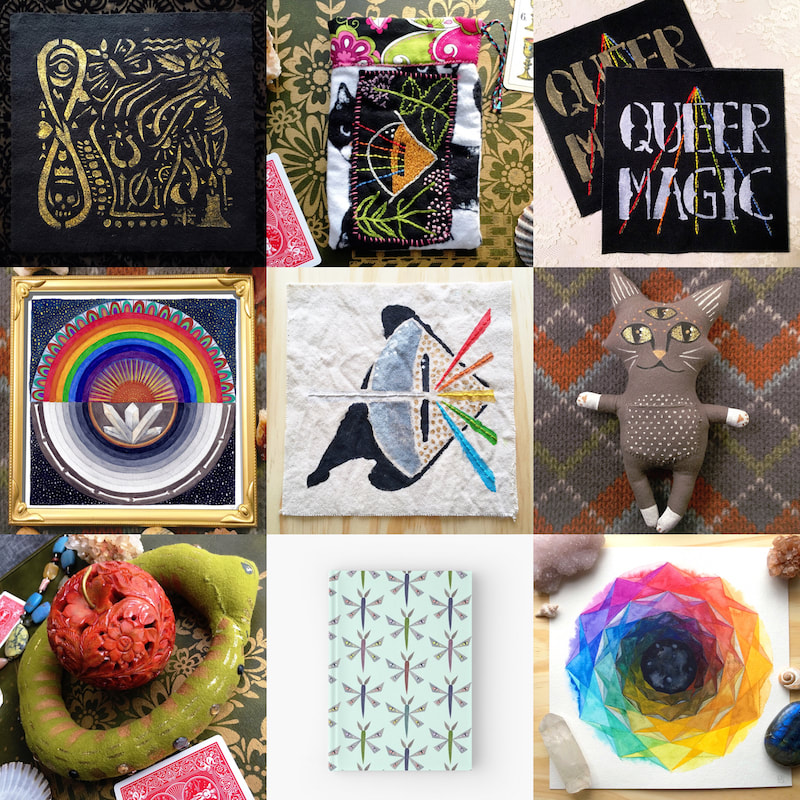
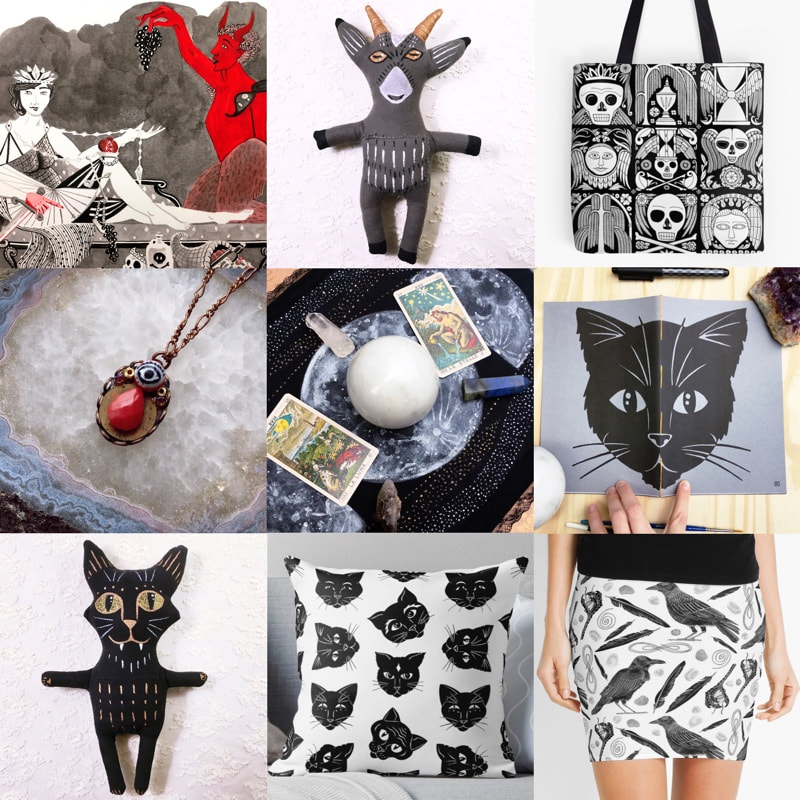

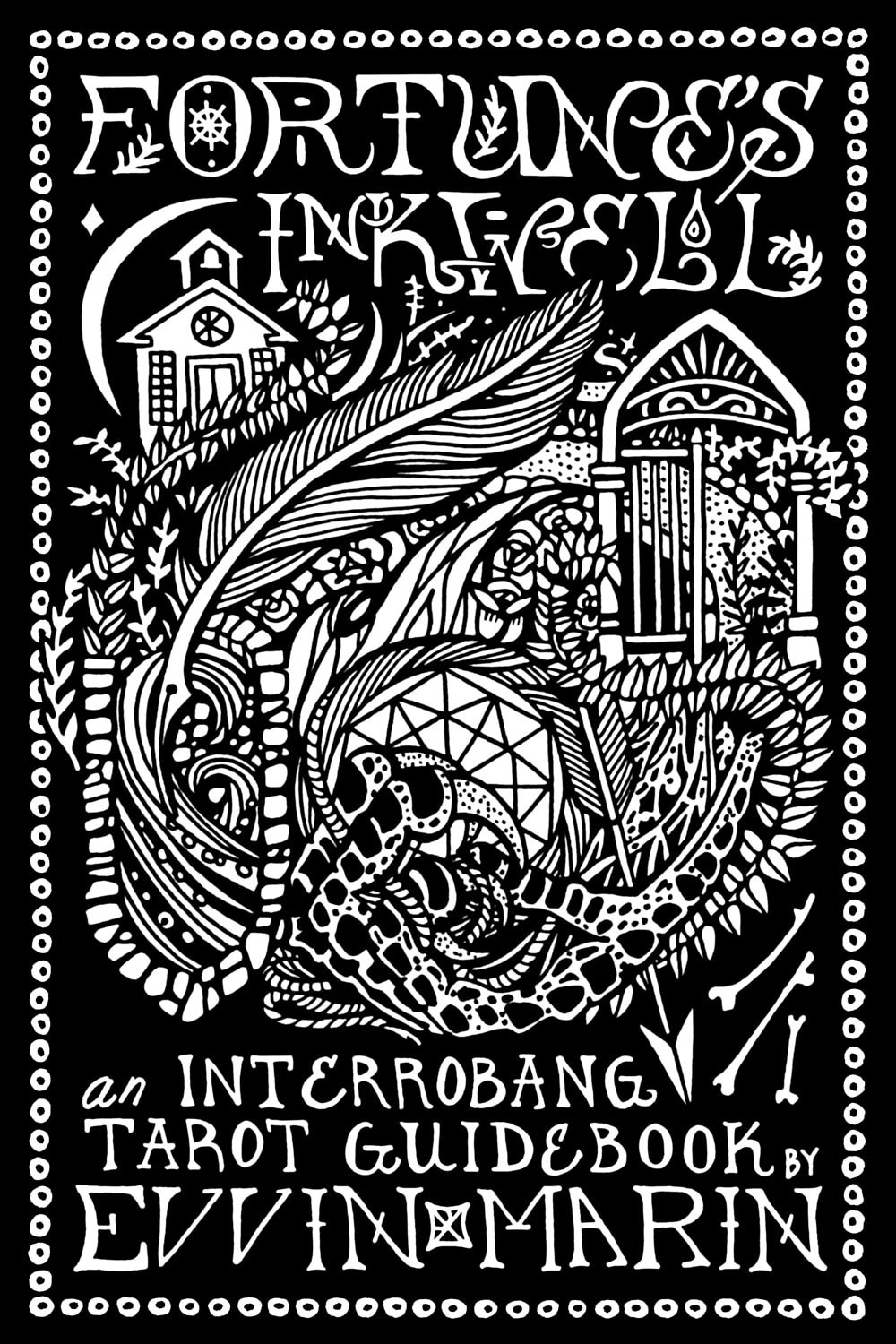
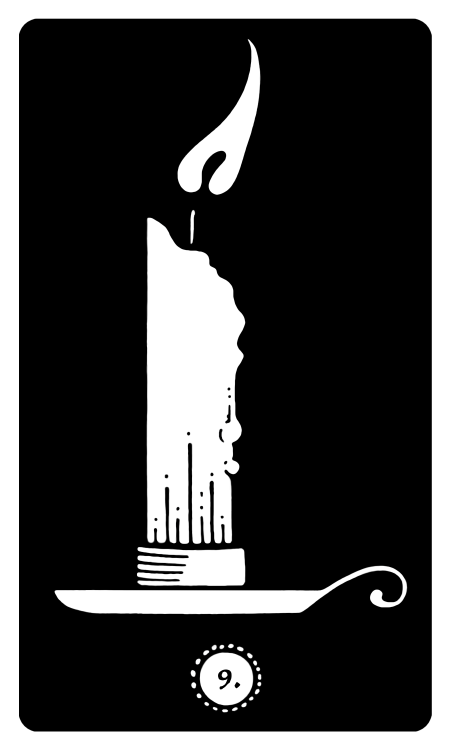
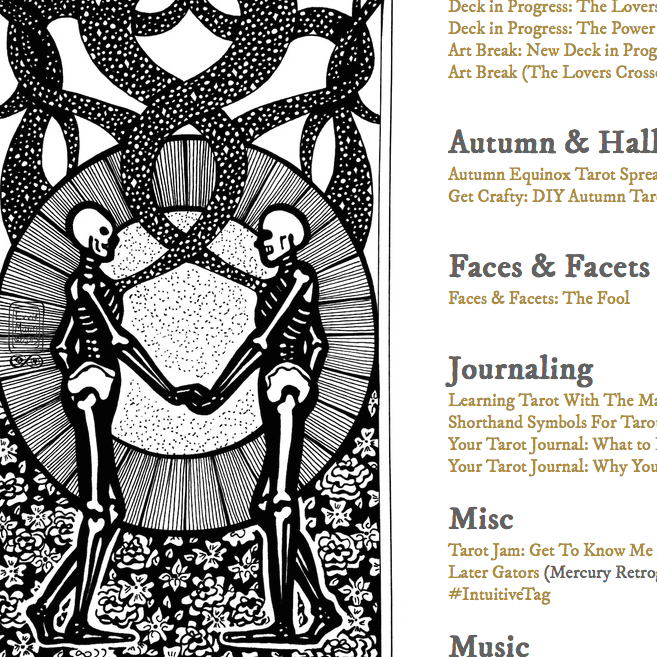
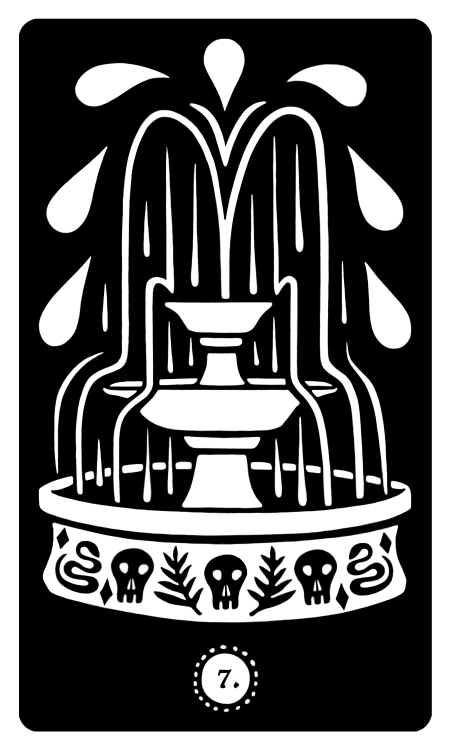
 RSS Feed
RSS Feed
